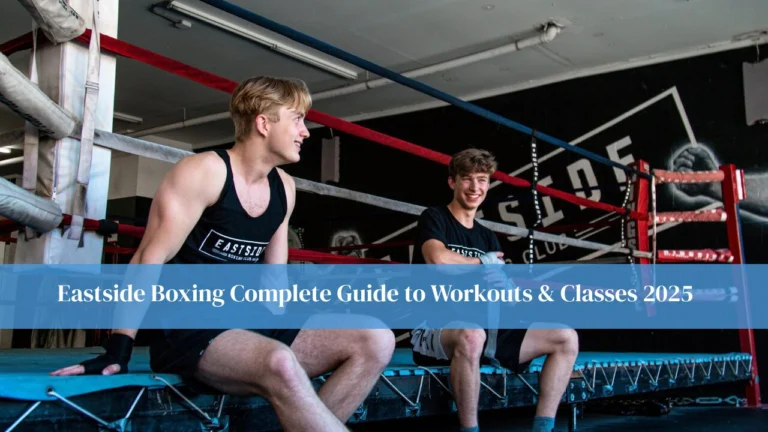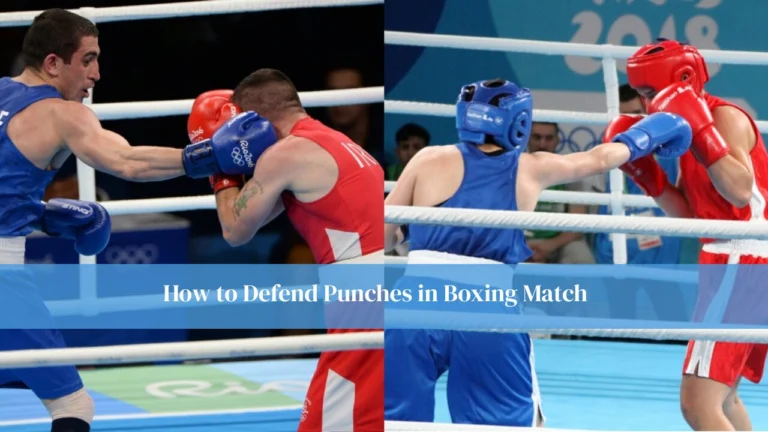In the ever-evolving world of niche sports and underground entertainment, topless boxing stands out as one of the most polarizing subcultures in modern times. It exists at the intersection of sport, spectacle, and controversy, creating an arena that is as much about performance and cultural commentary as it is about physical competition. Over the years, it has sparked curiosity, heated debates, and even admiration from certain circles. Whether seen as an empowering act of self-expression or as a provocative performance designed for shock value, the rise of topless boxing offers insight into shifting societal norms, the influence of media, and the blurred boundaries between sport and entertainment.
What Is Topless Boxing?
Topless boxing refers to a form of combat where female participants engage in matches while bare-chested. Unlike traditional boxing, it is not governed by recognized sports organizations or athletic commissions. Instead, it occupies a space more commonly associated with adult entertainment than with regulated athletic competition. Despite this, topless boxing has carved out a loyal following, largely due to viral online content, niche streaming platforms, and communities seeking entertainment outside of the mainstream. It is often staged in settings designed to emphasize spectacle over athletic regulation, although there are variations that focus on authentic fighting skills.
A Brief History
The origins of topless boxing can be traced back to underground European venues during the 20th century. Early examples appear in archival footage from British Pathé, depicting women participating in matches sometimes topless often staged more for novelty than for serious competition. These events were typically organized in private clubs or performance venues and were marketed more as entertainment than as sport.
Over the decades, topless boxing adapted to the changing social landscape. Attitudes toward nudity, gender roles, and public entertainment gradually shifted, paving the way for its presence in more public discourse. The internet era amplified this shift, taking topless boxing from hidden, in-person gatherings to a global audience. Online, it became a category of its own, sitting at the crossroads of adult entertainment, fetish communities, and niche sports interest groups.
Modern Popularity and Platforms
In the digital age, platforms such as AlohaTube and DeviantArt host topless boxing content ranging from explicit adult entertainment to artistic interpretations. Some presentations are clearly theatrical and erotic, while others attempt to portray competitive, skill-based fights. Social media has further fueled its spread, allowing content creators to bypass traditional industry gatekeepers and connect directly with their audiences.
For performers, this can mean unprecedented control over their brand and financial independence, but it also exposes them to the challenges of operating in a controversial, largely unregulated industry. While supporters argue that these platforms empower women to set their own terms, critics claim that the format still caters primarily to male fantasies and reinforces objectification.
Why Do People Watch Topless Boxing?
Audiences are drawn to topless boxing for a variety of reasons, each revealing something about cultural attitudes toward sexuality, violence, and female autonomy.
Some are motivated by pure curiosity—the unusual combination of nudity and combat naturally attracts attention and prompts people to see for themselves. Others see it as a form of empowerment, where women reclaim agency over their bodies and challenge societal taboos. There is also the erotic dimension, where the sensuality of nudity combined with the intensity of physical combat creates a unique form of adult entertainment.
A smaller but significant segment appreciates topless boxing as an artistic or symbolic expression. On sites like DeviantArt, illustrations and digital paintings explore deeper themes such as vulnerability, dominance, and liberation. These interpretations move the discussion beyond eroticism into the realm of cultural commentary.
Controversy and Cultural Debate
The existence of topless boxing raises questions about gender, sexuality, and the commercialization of the human body. Critics argue that it reduces women to visual objects and trivializes the skill, discipline, and history of combat sports. Supporters, however, contend that it offers a space where women can control their image, earn money, and even subvert traditional power structures.
This tension mirrors broader cultural debates about sexual expression versus exploitation. It’s not a simple matter of right or wrong—interpretations vary depending on context, intent, and the perspectives of both the participants and the audience.
Feminist Perspectives
Feminist discourse on topless boxing is sharply divided. Some activists see it as yet another industry where women’s bodies are commodified for profit, often catering to a predominantly male audience. They highlight the risk that performers may feel pressured into participating for financial reasons rather than genuine choice.
On the other hand, some feminists argue that autonomy includes the right to engage in sexualized performance if it’s on one’s own terms. They point out that dismissing such choices as inherently degrading risks undermining the agency of the women involved. This ongoing debate reflects a larger struggle within feminism over how to balance body positivity, sexual freedom, and the fight against exploitation.
Legal and Ethical Concerns
The legality of topless boxing varies worldwide. In some countries, public topless fighting could violate indecency laws, while in others, it may be allowed in specific adult-only venues. Online distribution often falls under adult content regulations, requiring strict age verification and compliance with platform rules.
Ethically, there are concerns about performer safety, informed consent, and working conditions. Without oversight from governing bodies, issues like inadequate medical support, unfair pay, and unclear contractual terms can arise. Responsible organizers and platforms are expected to prioritize the health, dignity, and rights of participants, though enforcement is inconsistent.
Topless Boxing vs. Traditional Boxing
While traditional boxing is rooted in regulated competition, with mandatory safety equipment and sanctioned events, topless boxing operates in a far looser environment. Traditional boxing attracts a broad demographic of sports fans, while topless boxing caters to niche audiences, often within the adult entertainment market. The absence of formal rules and governing bodies in topless boxing means less medical oversight and more room for performance-based, non-competitive formats.
Is It Real or Scripted?
Not all topless boxing is staged, but much of it is. Scripted performances are common in content designed for entertainment, with carefully planned outcomes to maximize audience appeal while minimizing physical harm. However, there are cases where matches are genuine contests, showcasing real skills in striking, defense, and endurance. This diversity adds another layer of complexity to how the subculture is perceived and consumed.
Media Representation and Impact
Mainstream media often sensationalizes topless boxing, framing it either as scandalous or as a daring statement of liberation. Unfortunately, this often overshadows the personal narratives of participants many of whom see their involvement as part of a broader career in performance, athletics, or modeling.
In some cases, topless boxing has provided women with an unconventional but viable livelihood, particularly through social media monetization. However, media framing heavily influences public perception, meaning the subculture’s reputation often depends more on how it’s reported than on the actual experiences of those involved.
Pros and Cons of Topless Boxing
From a cultural perspective, topless boxing offers both potential benefits and significant drawbacks. Advocates highlight its role in promoting body positivity, creating economic opportunities in niche markets, and sparking discussions about censorship and gender norms. Critics counter that it risks exploitation, lacks safety measures, and reinforces harmful stereotypes. This tension ensures that topless boxing will remain controversial for the foreseeable future.
Conclusion
Topless boxing is more than just a spectacle; it’s a cultural mirror reflecting society’s ongoing negotiations over sexuality, empowerment, and entertainment. Its survival and evolution will likely depend on how future audiences, legal systems, and feminist movements interpret its significance.
As conversations about gender equality, body autonomy, and freedom of expression continue, topless boxing will remain a flashpoint for debate. Understanding its complexity means acknowledging the voices of the women who participate, the audiences who consume it, and the societal structures that shape its existence. Whatever its future holds, it stands as a vivid example of how sport and performance can challenge and sometimes reinforce the boundaries of cultural norms.
FAQs
What is the purpose of topless boxing?
Topless boxing serves multiple purposes erotic entertainment, artistic expression, and in some rare cases, sport. The intent often depends on the platform and context.
Is topless boxing legal?
It depends on the country and local laws. Online, it’s usually considered adult content and must comply with content and age-restriction laws.
Are the fights real?
Some fights are real with genuine techniques, while others are choreographed. Viewer discretion is advised.
Who participates in topless boxing?
Participants may include adult performers, models, or women exploring alternative forms of expression. In some cases, they may have a background in martial arts or fitness..




